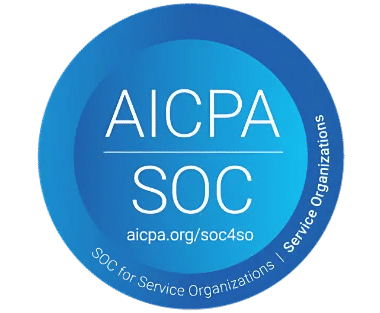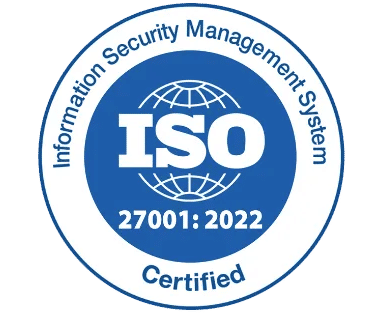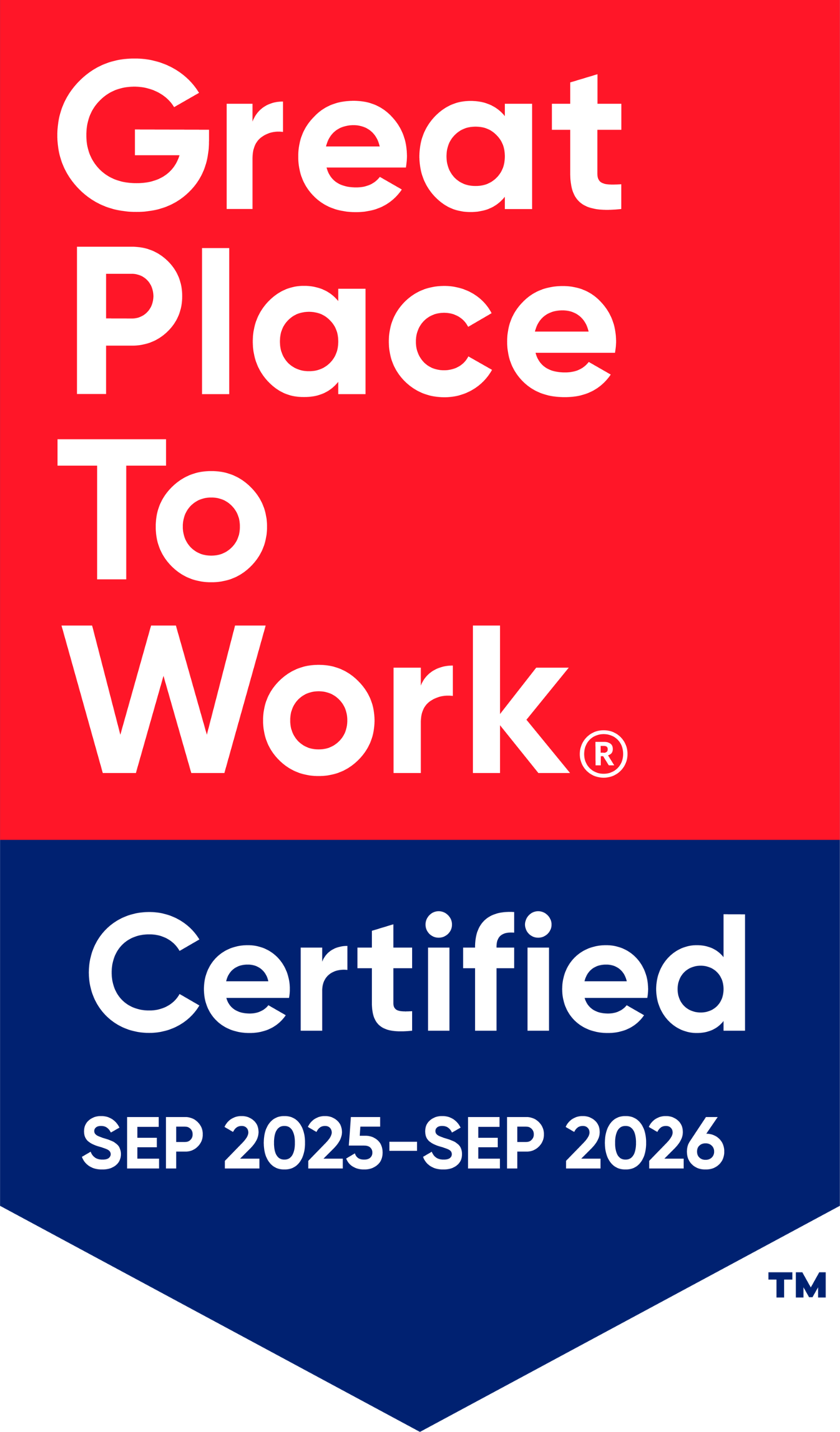Best Cherwell alternatives for 2025
_iiax2vgYY.webp)
Cherwell’s End of Life Opens New Opportunities for IT Asset Management
With Cherwell set to retire its platform by December 31, 2026, many organizations see this as the right moment to upgrade their IT asset management strategy. Post-EoL, users will no longer receive updates, security patches, or technical support—creating both a challenge and an opportunity.
For several IT teams, this shift couldn’t come sooner. Online discussions, including threads on Reddit, suggest that many users have faced persistent issues with Cherwell’s performance and outdated interface. As the platform nears its end, now is the perfect time to rethink your asset management tools and embrace solutions built for speed, scalability, and simplicity.
What You Should Know About Cherwell’s End of Life
Cherwell has long served as a go-to platform for IT service delivery, offering features like incident tracking, change control, and request management. Over time, it evolved to support broader enterprise service functions.
Originally built for ITSM, Cherwell expanded its scope to help organizations manage internal workflows more efficiently. The acquisition by Ivanti in 2021 aimed to unify Cherwell’s capabilities with Ivanti’s broader suite of IT operations tools. Though it continued as a standalone product for a while, that chapter is now closing.
In October 2023, Ivanti formally announced the End of Life (EoL) for Cherwell Service Management. This means no more license renewals or product support beyond the cutoff. For many mid-market and large enterprises still relying on Cherwell, the news has raised concerns—especially for those unprepared for such a sudden shift.
If your organization is still using Cherwell, now’s the time to act. With the December 2026 deadline on the horizon, it’s crucial to begin exploring modern alternatives and creating a structured migration roadmap—before the window for a smooth transition closes.
Here’s our pick of the top 10 alternatives Cherwell users should consider
1. Asset Management 365
Asset Management 365 is a modern IT asset management platform designed for today’s fast-paced, hybrid work environments. Built with a cloud-first mindset, it integrates seamlessly with popular tools like Microsoft Teams and your browser, helping teams manage assets and support requests without switching contexts.
One of its standout features is a centralized knowledge gateway that brings together organizational content from sources like SharePoint. Users can easily find what they need—or trigger workflows like software access, password resets, or device provisioning—without needing to contact IT directly.
If additional help is required, users can quickly raise incidents or service requests for IT, HR, Finance, or other departments through a simple, unified interface.
What makes Asset Management 365 a strong Cherwell alternative is its blend of smart automation, integrated service workflows, and full-scale asset lifecycle management. It helps IT teams move away from repetitive ticket-based support and focus on driving strategic value—while still delivering everything from change management to performance analytics under one roof.
2. BMC Remedy ITSM Suite
BMC Remedy ITSM Suite has long been a staple for enterprises seeking a comprehensive and customizable IT asset and service management solution. Designed for complex organizational needs, it supports core capabilities such as incident resolution, change control, and problem tracking—making it a fit for businesses with established IT governance frameworks.
This platform is particularly strong in environments that prefer traditional, on-premises deployments with high configurability and control. Remedy’s modular architecture lets large teams tailor workflows, build custom integrations, and manage end-to-end IT processes without compromising compliance or scalability.
For Cherwell users transitioning from legacy infrastructure, BMC Remedy offers a familiar depth and reliability—ideal for enterprises that aren’t ready to shift completely to SaaS but still need robust ITAM and ITSM functionality.
3. EasyVista
EasyVista is a modern IT asset management and support platform that focuses on making IT operations more intuitive and business aligned. With the strategic acquisition of OTRS, EasyVista has expanded its offerings to provide a well-rounded suite that covers everything from service delivery and remote IT assistance to automation and self-service support.
Rather than overloading users with flashy features, Easy Vista centres its value on usability, scalability, and measurable outcomes. Its AI-powered tools help reduce repetitive tasks, streamline ticket resolution, and improve service delivery without adding extra layers of complexity.
For Cherwell users seeking a clean, structured, and goal-oriented IT management experience, EasyVista offers a reliable path forward—especially for teams aiming to strike the right balance between simplicity and enterprise-grade functionality.
4. Freshservice
Freshservice is a modern, cloud-first IT asset and service management platform designed with simplicity at its core. Tailored for small to mid-sized organizations, it offers an intuitive interface without compromising on essential IT capabilities.
From asset tracking and incident resolution to change and release management, Freshservice comes equipped with everything teams need to manage the full asset lifecycle. What sets it apart is its focus on ease of deployment and minimal learning curve, making it a strong fit for businesses that want quick implementation without the heavy lifting.
In addition to IT, Freshservice extends support functionalities to HR, Finance, and other internal departments—making it a solid Enterprise Service Management (ESM) choice for teams looking to unify support delivery across the organization.
5. InvGate
InvGate delivers a streamlined IT asset and service management experience without the complexity. Designed for ease of use, it empowers IT teams with a no-code interface to create workflows, automate tasks, and simplify daily operations.
Its built-in self-service portal enables users to find solutions or raise tickets effortlessly, while the advanced analytics feature helps IT teams identify performance gaps and optimize service delivery.
On the asset side, InvGate offers robust tools like automated network discovery, software license tracking, and inventory management. It’s especially well-suited for mid-sized organizations seeking a unified platform that covers both asset governance and service support without steep configuration overhead.
6. Jira Service Management (JSM)
Jira Service Management by Atlassian is designed with modern DevOps and agile teams in mind. It blends IT asset and service management with the collaborative power of Jira and Confluence, making it an ideal fit for organizations already embedded in the Atlassian ecosystem.
With built-in change control, incident response, and request management, JSM helps technical teams manage internal support requests alongside development work. Its flexibility allows teams to adapt workflows, automate repetitive tasks, and maintain full visibility across the asset lifecycle and service operations.
For tech-forward teams seeking a lightweight yet scalable ITSM tool with deep integrations into software delivery pipelines, JSM stands out as a compelling alternative.
7. ManageEngine ServiceDesk Plus
ManageEngine ServiceDesk Plus is a versatile ITSM platform designed to cover a broad spectrum of service management needs. It supports both cloud and on-premises deployments, giving businesses the flexibility to choose the setup that best fits their IT environment and operational preferences.
With modules for incident, problem, change, and asset management, ServiceDesk Plus delivers a robust, all-in-one solution suitable for organizations of varying sizes seeking a customizable and scalable IT service management system.
8. ServiceNow
ServiceNow stands out as a top-tier cloud-based IT service management (ITSM) and enterprise service management (ESM) platform. It delivers a wide array of ready-to-use features designed to address the complex IT demands of large organizations.
Ideal for enterprises with intricate IT infrastructures and diverse business service needs, ServiceNow offers a highly customizable environment that enables companies to tailor workflows and build solutions across various departments.
While it may require a significant investment in budget and skilled development resources, ServiceNow’s extensive capabilities and proven market leadership make it a reliable and comprehensive choice for organizations aiming for scalable, enterprise-grade service management.
9. SolarWinds
SolarWinds Service Desk offers an integrated platform that brings together service management, asset tracking, configuration management database (CMDB), and analytics. Following its acquisition by Turn/River Capital, SolarWinds has accelerated the addition of AI-powered automation features to streamline IT service operations and boost efficiency
10. SysAid
SysAid delivers a full-featured ITSM platform enhanced with generative AI capabilities woven throughout its IT management tools. Its AI Agents can predict requirements, automate decision-making, and execute tasks with minimal manual input. Known for its fast deployment and user-friendly design, SysAid integrates help desk services, asset management, and self-service portals alongside powerful workflow automation to simplify and accelerate IT operations.
Acting early can help prevent larger issues down the road. The alternatives presented here span a diverse range of no-code and low-code ITSM and workflow automation platforms, tailored to meet the needs of organizations of different sizes, IT maturity levels, and unique business requirements. For Cherwell users, it’s essential to carefully evaluate each option in light of your organization’s specific needs, budget considerations, and long-term goals. With Cherwell’s end-of-life date approaching, having a well-defined migration plan and timeline is critical to avoid operational
disruptions and ensure a smooth transition. Although the EoL announcement may come as a surprise to many dedicated Cherwell customers, it also provides an opportunity to modernize and enhance your IT service management to better address today’s evolving challenges.
Conclusion
Asset Management 365 stands out as the best choice for businesses looking to streamline and modernize their asset management processes. With its user-friendly interface, powerful tracking capabilities, and seamless integration options, Asset Management 365 helps organizations maintain accurate asset records, reduce losses, and optimize asset utilization. Its cloud-based platform ensures real-time visibility and accessibility, empowering teams to manage assets efficiently from anywhere. For companies seeking a reliable, scalable, and cost-effective asset management solution, Asset Management 365 is the top pick.
Frequently Asked Questions
What are the main reasons companies look for alternatives to Cherwell?
Companies often seek alternatives due to factors like high licensing costs, limited customization options, outdated user interfaces, or the need for more modern features such as advanced automation and better integrations.
Which key features should I look for in a Cherwell alternative?
Look for solutions that offer flexible workflow automation, easy integration with existing tools, robust reporting and analytics, user-friendly interfaces, and strong support for ITIL processes.
Are there affordable Cherwell alternatives suitable for small to mid-sized businesses?
Yes, many alternatives provide scalable pricing models tailored for smaller organizations without compromising on essential ITSM capabilities.
Can Cherwell alternatives support complex IT service management needs?
Absolutely. Many modern ITSM platforms offer extensive customization, automation, and multi-channel support that can handle complex workflows and enterprise-level requirements.
How can I ensure a smooth transition from Cherwell to a new platform?
Plan a detailed migration strategy that includes data backup, stakeholder communication, employee training, and phased rollout to minimize disruption during the switch to a new ITSM tool.









_svxLrd-8yH.png)

_2VYSFUTN5m.png)

_JiluXJRGNl.svg)

_2djTKNocf.png)





_Rapo0hRMBy.png)

















